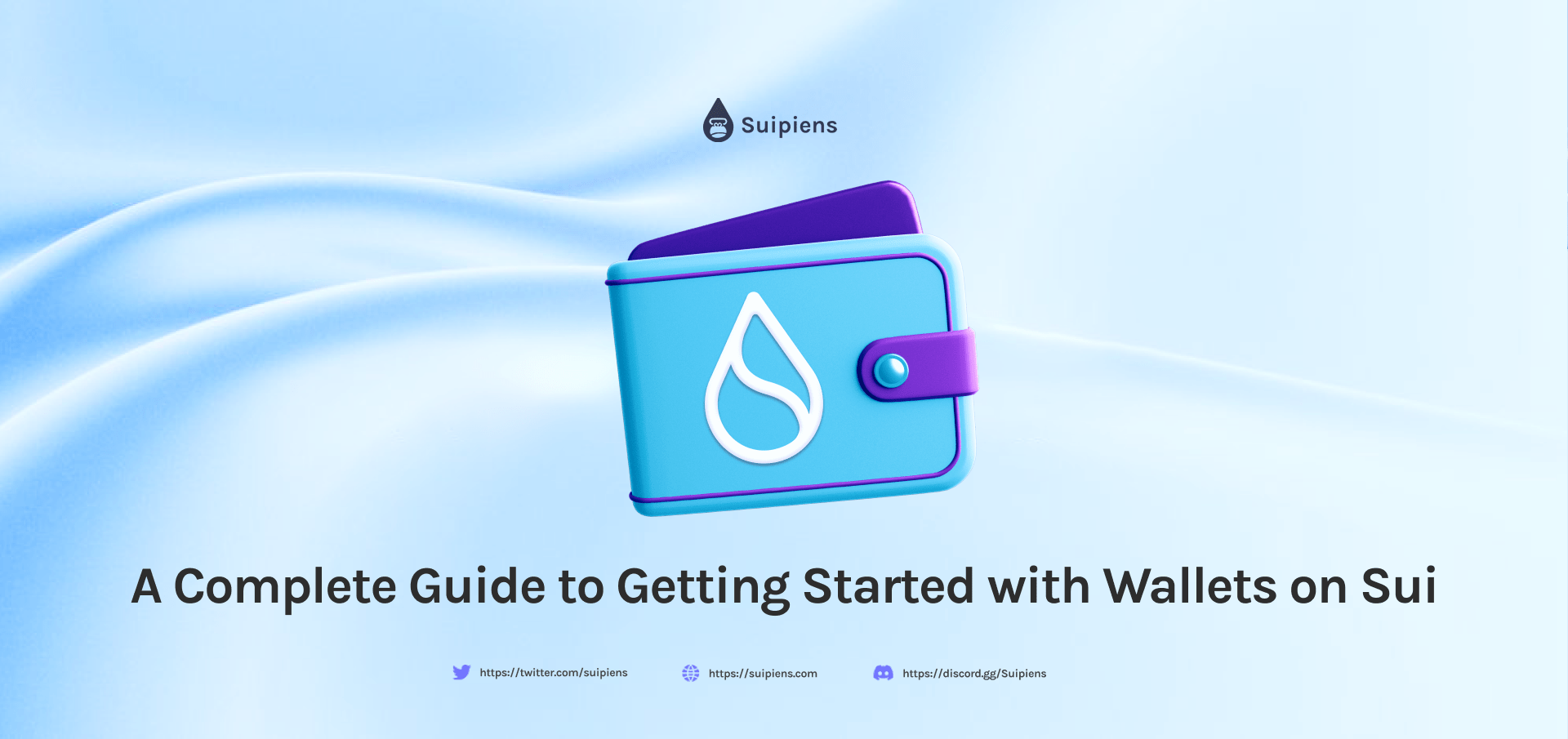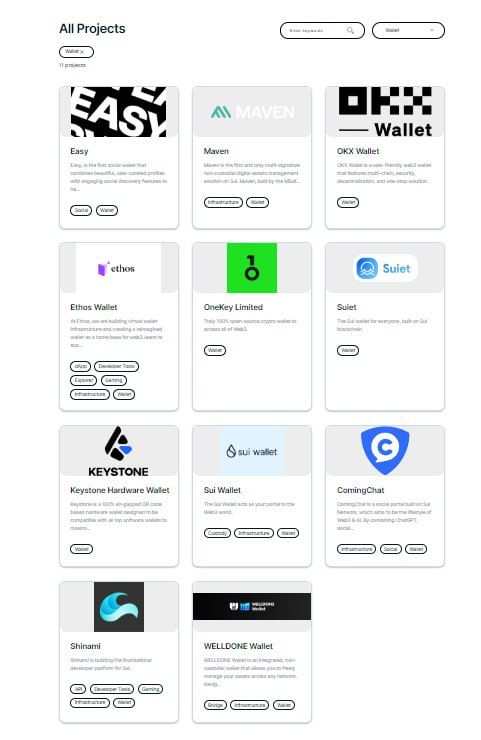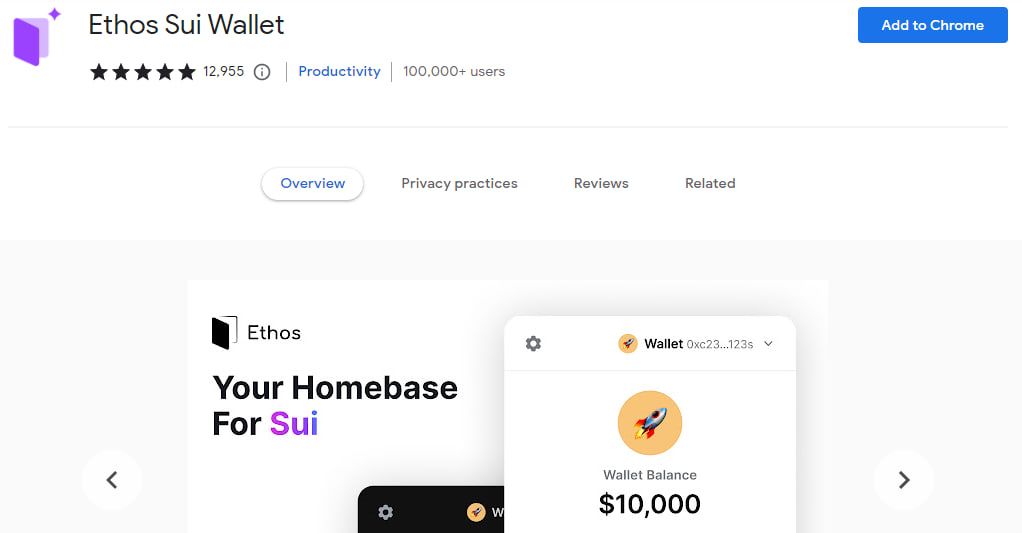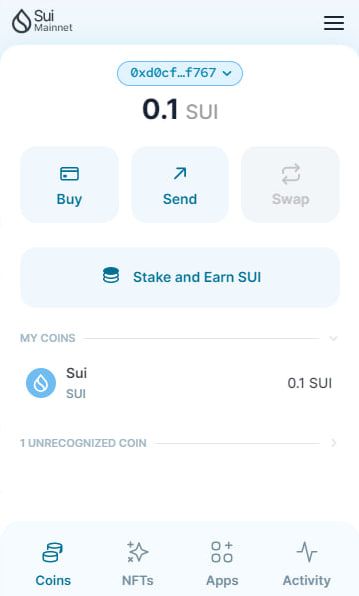A Complete Guide to Getting Started with Wallets on Sui

Discover the essential steps to begin your Sui journey with a Web3 wallet, enabling you to engage with various apps and digital assets on the Sui Network.
Introduction
Sui is a vibrant network offering a diverse range of web3 apps that are both enjoyable and practical. To access and utilize most of these applications, the first essential requirement is having a wallet. A wallet allows you to engage in activities such as buying, selling, sending, and receiving digital assets like SUI tokens and NFTs. This article will guide you through the process of obtaining a Web3 wallet to embark on your Sui adventure.
Step 1: Understanding SUI Tokens and their Utility
The SUI token serves as the native currency of the Sui Network, and it includes a smaller denomination known as MIST. SUI tokens are essential for paying gas fees, which cover the costs associated with processing network transactions like NFT minting and token trading. To acquire SUI tokens for your wallet, you can make a purchase from a centralized exchange such as Binance, OKX, Coinbase, or Bybit.
Step 2: Selecting the Right Wallet

Currently, the Sui Directory features 11 distinct wallets, each offering unique features beyond basic storage capabilities for your SUI tokens. For instance, Ethos Wallet provides an address book feature for easy token transfers to friends, as well as the convenience of buying and trading tokens directly within the app, eliminating the need for external exchanges. Suiet wallet's integrated browser allows users to explore a wide array of web3 apps, while ComingChat even provides an encrypted chat client alongside other functionalities. Consider the features that resonate with you the most and choose a wallet accordingly. Remember, you can install and use multiple wallets simultaneously, and each wallet displays the token balance you hold on the Sui network. Additionally, wallets enable the creation of multiple accounts, allowing you to maintain different balances within the network.
Step 3: Installing the Wallet

Most wallets are available as Chrome browser extensions, requiring the use of the Chrome browser. However, there are standalone wallets like Arctic Wallet that are compatible with various operating systems. For the purpose of this guide, we will focus on browser extension-based wallets.
From the Sui Directory, select your preferred wallet and click the "navigate to the wallet website" button. The wallet's website should provide a direct link to the browser extension on the Chrome Web Store. Alternatively, you can visit the Chrome Web Store and search for "wallet" to access numerous blockchain wallets. It is important to note that not all wallets available on the Chrome Web Store are compatible with Sui.
To install a wallet extension, simply click the "Add to Chrome" button on the product page of the Chrome Web Store. Your browser will initiate the installation process automatically.
Step 4: Creating an Account

Once the wallet extension is successfully installed, the interface will present options to either create a new wallet or import an existing one. It is possible to create an account with one wallet and import it into other wallets as well. Upon launching any of these wallets, your token balance on the Sui network will be visible.
While creating a new account, it is crucial to choose a strong password by following best practices, including a combination of letters, numbers, and special characters. Remember to securely save your password.
The wallet extension will also generate a recovery phrase, also known as a seed phrase, consisting of 12 words that act as a safeguard for your wallet. Make sure to save the recovery phrase and store it securely offline. Losing your recovery phrase will result in the permanent loss of access to your wallet.
Step 5: Utilizing Your Wallet
If you have purchased tokens from a centralized exchange, you will need to provide the exchange with your public key. Wallet interfaces typically display the public key prominently, allowing for easy copying and sharing. Your public key enables other individuals and companies to send you tokens, NFTs, and other digital assets.
A typical Sui wallet interface showcases your token balance and facilitates the effortless copying and sharing of your wallet address. Wallet addresses consist of a long string of alphanumeric characters, such as 0x2b74d88959dc3c8cf5a6cfeffca2d953179032968cbb350199425aa42c5
(Kindly note that this address serves as an example and may differ in length and character combination for security reasons.)
When accessing an app on the Sui network that requires payment, your wallet extension will automatically launch and seek your approval for the transaction. If the wallet has timed out, you will be prompted to re-enter your password.
Wallets also provide the option to send tokens directly to another wallet. To initiate such transactions, you will need the public key of the recipient's wallet.
Conclusion
The world of wallets on Sui is diverse and exciting, offering a variety of features that can enhance your experience on the network. Feature-rich wallets enable activities such as minting, trading, and purchasing NFTs, while also showcasing other web3 apps that expand the realm of possibilities within Sui. Always prioritize the security of your wallet by safeguarding your password and recovery phrase, ensuring they are never shared with anyone.
Be sure to check out Suipiens' website and social media channels to stay up-to-date on all things about Sui Blockchain!

